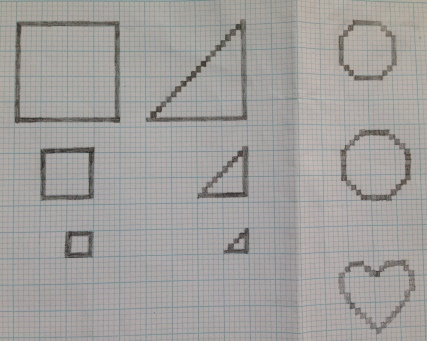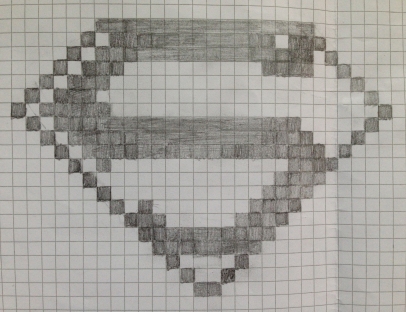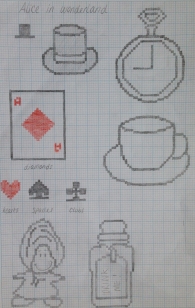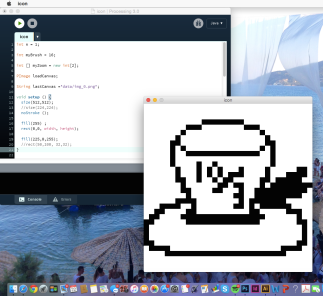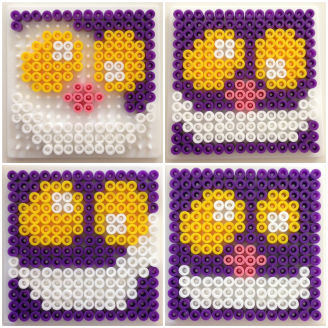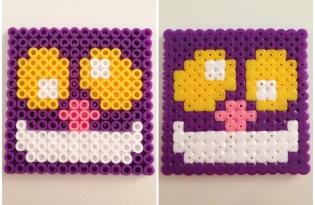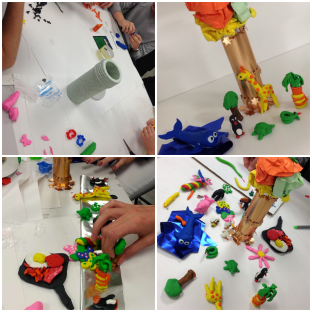“Photojournalism is a unique and powerful form of visual storytelling originally created for print magazines and newspapers but has now morphed into multimedia and even documentary filmmaking. Through the internet, apps and the mobile device explosion, photojournalism can now reach audiences never before imagined with immediate impact, while continuing to write our visual history and form our collective memories.” – Ed Kashi

The lecture provided a critical study of how we view and understand key global events by interrogating historical and contemporary examples of significant moments in time as captured and communicated by designers, photojournalists and photographers and how they are presented in the media.
The Guardian

The guardian has produced a striking graphic to represent those who have “fallen” in the paris attacks. The colour black has the typical association with death, evil and mystery. Its seen as being a mysterious colour and is associated with fear and the unknown. In general black has a negative connotation to it. For these reasons the colour black was used symbolically for the outline of the victims who sadly died. In contrast to this, the images used to represent the victims are quite happy images perhaps to show how content they were in their life before they were ripped from their everyday lives.
The title is quite striking as its not all in capitals and thus making it not quite in your face as a sign of respect and making the image speak louder than words. The serif font used gives it a certain restrainment about it, giving a more muted visual presence.
The guardian title is at the bottom of the images which shows a sign of respect by putting the victims first before their profitable needs, whereas most titles are at the top of the page.
The 3 bullet points down the side on the left give a brief summary of the main points from the article showing what to take away from the news report. A brief summary of the inside of the magazine is also included with strong and bold titles making people want to read on – “The victims: the people who found themselves in the wrong place at the wrong time”.
It has a Mosaic layout of the images with each one adding to the final picture. The missing people leaves a gap in the mosaic or the Gaps in peoples hearts.
The Times

With the Times newspaper the title is still on top, to allow users to be able to easily distinguish which agency has published this exclusive story. Interestingly the “Worlds most wanted” is not in capitals whereas in old-fashioned western posters the “WANTED” sign is always in caps and written really bold to show urgency and danger. The image of the criminal is fear evoking but has been subdued, making him not look that scary but just adding awareness to him as a person. His eyes have been edited to be even whiter and thus making them even more eye catching so people are drawn to his face (hopefully remembering it) and giving the feeling like they are following you around.
The face is the most noticeable part on the front page however the way the text has been placed around it and their style can at points just make the criminal look like a normal person. The combination of images is almost unnecessary as the only impacting photo is the one on the far left where the face is in focus and visually readable that he’s is the criminal on the run. The other images aren’t explained clearly as to what they should be.
The only information you take away from it is that he’s the worlds most wanted man and that SAS will be ordered onto the streets if jihadists hit Britain. Its interesting that “International manhunt to find surviving paris attacker as France launches Syria airstrikes” is among being one of the smallest fonts used on the page when realistically its quite an important point to be broadcasting.
Los Angeles Times

“MANHUNT IN EUROPE” is a big and bold statement headline for an article but its so striking it makes the reader want to continue. The font is aggressive in comparison to the words themselves which are very dramatic and fear invoking. THREAT, MANHUNT, ATTACK are all words which are very strong forceful and urgent. The image of a tri-coloured eiffel tower is central and very long & resulting in a minimal amount of text either side to catch your eye and pull the audience in straight away. This technique makes you know instantly what the article is about. “Possible mastermind, other suspects were known to French police” is a very intriguing statement and therefore making you query if you know everything you thought about this attack.
The contrast between the threatening feel of the language and the tranquil image are very strong. The image doesn’t seem to back up the horror that has been expressed in the title, perhaps to show the strength and unity through tough times. The image they have used is a couple days after the attacks as the eiffel tower was not lit up in the colours to represent the flag as it stood in the darkness to show solidarity.
Not only has the paris attacks been exploited in newspapers, it has also gone global all over social media. One of the most recognisable symbols from this event is the Peace for paris logo designed by Jean Jullien (as seen below)
Jean Jullien is a French graphic designer currently living in London. He comes from Nantes and did a graphic design degree in Quimper before coming to London. His practice ranges from illustration to photography, video, costumes, installations, books, posters and clothing to create a coherent yet eclectic body of work. – http://www.jeanjullien.com
Similarly #prayforparis went global all over twitter, with people leaving their thoughts and prayers with everyone using this hashtag. However there was a Pray for paris company which opened up: http://www.prayforparis.com which was advertising itself to be a Unisex clothing line offering extremely limited fashion pieces at the highest quality. Focused on limited edition t-shirts. With 20% of profits will be donated to the french red cross.















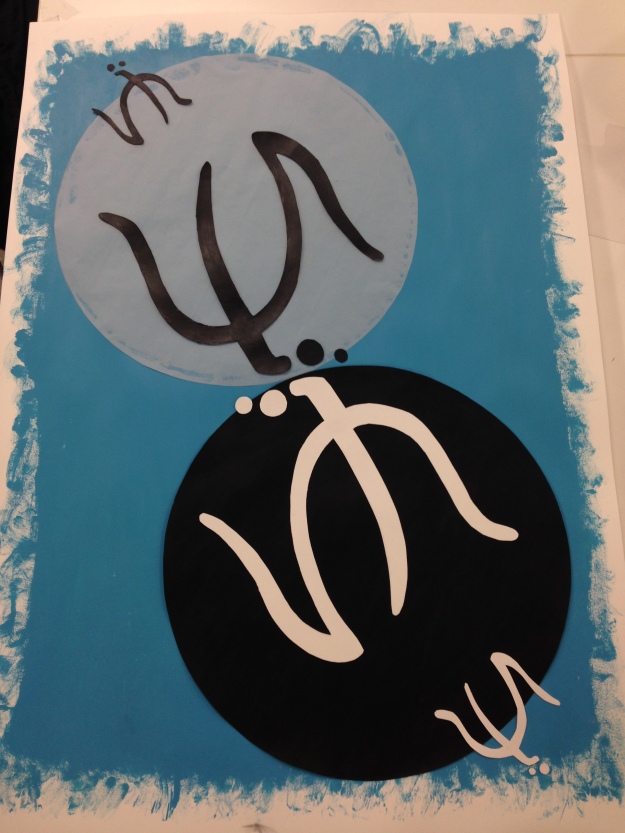














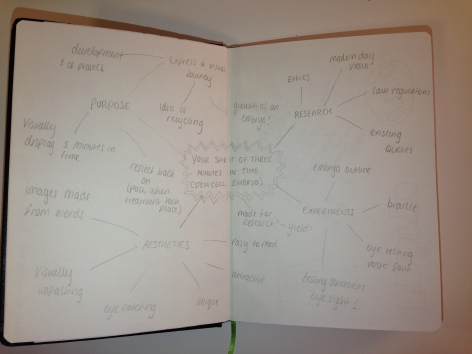















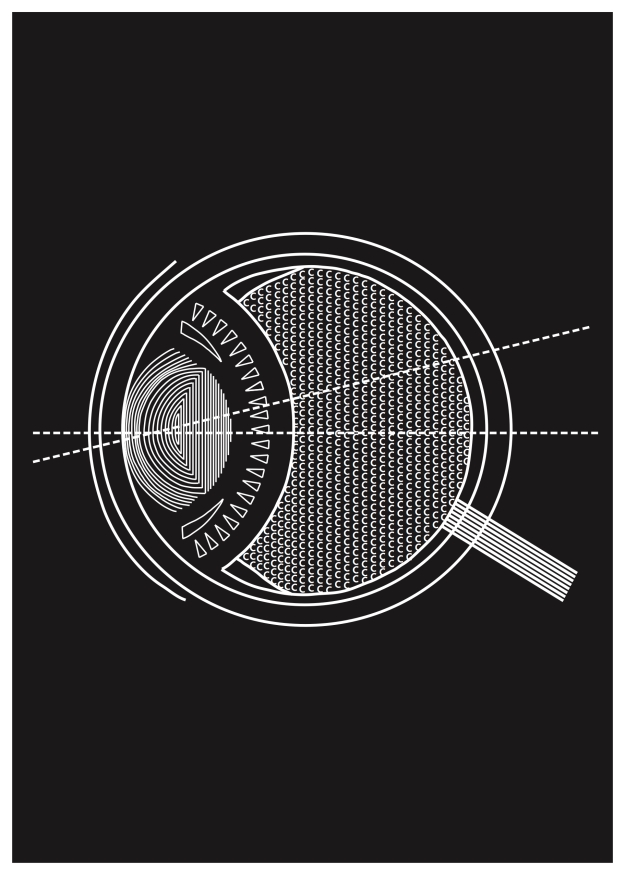
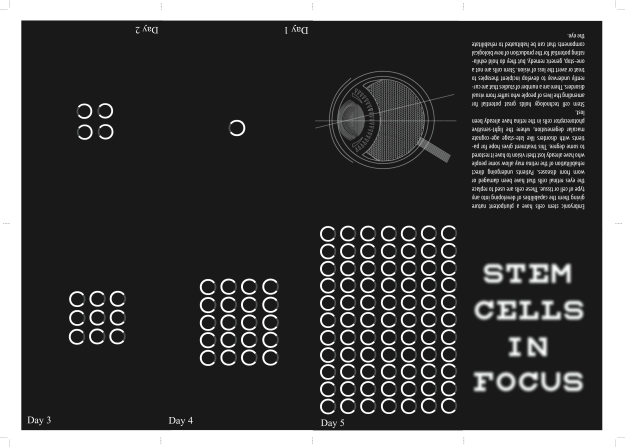
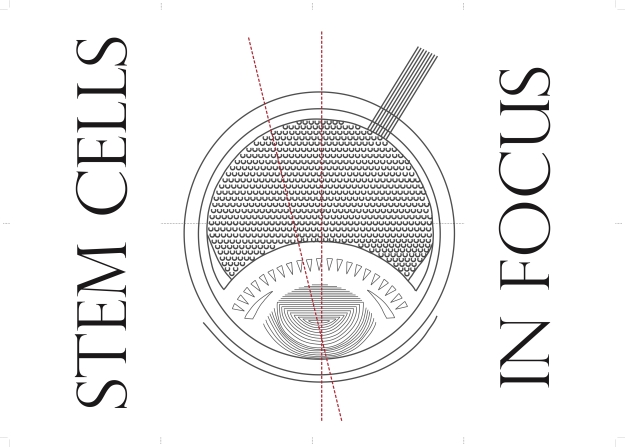 Type Density
Type Density




























